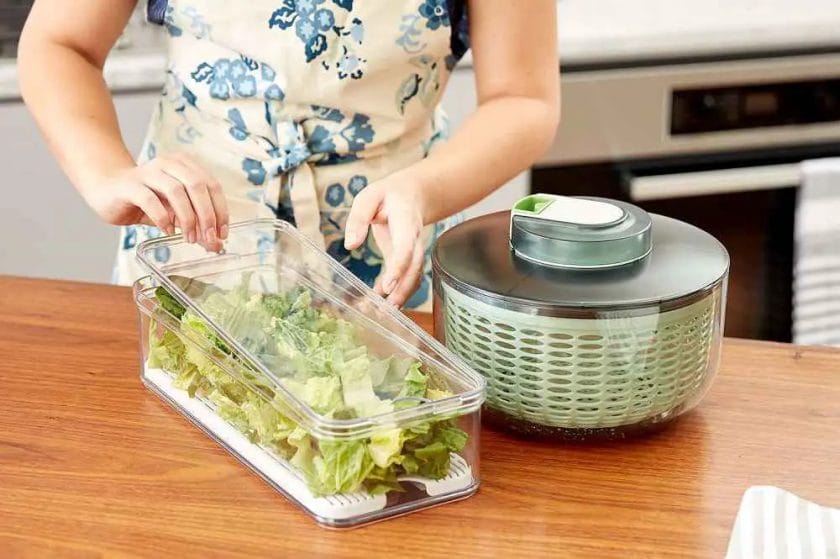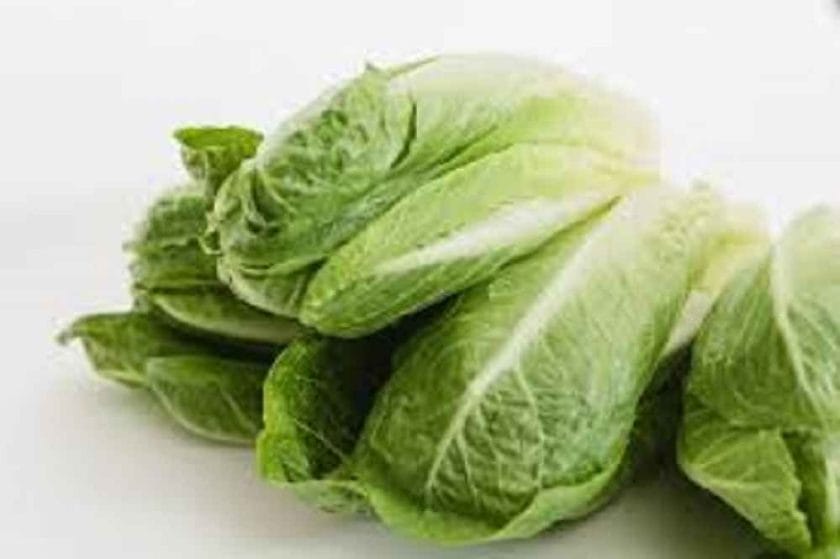Lettuce is a staple ingredient in many restaurants, and its crispness is critical to the overall quality of dishes. Fresh and crisp ingredients not only enhance the flavor and texture of food but also play a crucial role in customer satisfaction.
This article aims to provide a comprehensive guide on how restaurants can keep their lettuce crisp and maintain its quality.
Factors that Affect Lettuce Crispness
To understand how to keep lettuce crisp, it is essential to know the factors that contribute to its limpness, wilting, and degradation.
Harvesting and Storage
The way lettuce is harvested and stored plays a crucial role in its crispness. If not handled properly, lettuce can become wilted, slimy, and spoil quickly.
Exposure to Heat, Light, and Air
Lettuce is highly perishable and can be easily damaged by exposure to heat, light, and air. These environmental factors can cause the lettuce to lose its crispness and freshness.
Processing Methods
The methods used to process lettuce, such as cutting, chopping, or shredding, can also affect its crispness. Over-processing can cause the lettuce to become limp and lose its texture.
Age of Lettuce
Lettuce has a limited shelf life, and the older it gets, the more likely it is to become wilted and lose its crispness. Restaurants must be mindful of the age of their lettuce and use it promptly to ensure the best quality.
Techniques to Keep Lettuce Crisp in Restaurants
There are several techniques that restaurants can use to keep their lettuce crisp and maintain its quality.
Proper Storage and Handling of Lettuce
Controlled Temperature: Lettuce should be stored at a controlled temperature between 32°F to 41°F to prevent it from becoming wilted and losing its crispness.
Proper Packaging:
Proper packaging can help reduce the exposure of lettuce to air, light, and heat. Restaurants can use airtight containers, vacuum packaging, or food-grade bags to store their lettuce.
Minimizing Exposure to Air and Light:
Keeping lettuce away from air and light can help maintain its crispness and freshness. Restaurants should store their lettuce in a dark, cool place, away from direct sunlight and heat sources.
Preparing Lettuce Properly
Washing and Drying Techniques:
To keep lettuce crisp, it is essential to wash and dry it thoroughly before using it in dishes. Excessive moisture can cause the lettuce to become wilted, so it’s essential to use a salad spinner or pat it dry with paper towels.
Choosing the Right Lettuce Variety:
Different lettuce varieties have different crispness levels and shelf lives. Restaurants should choose the right variety of lettuce that fits their needs, keeping in mind the intended use, preparation methods, and desired crispness level.
Using Additives and Preservatives
To maintain the crispness of lettuce, some restaurants use additives and preservatives, such as acid-based or sugar-based solutions.
Acid-Based Additives:
Acid-based additives, such as vinegar or lemon juice, can help preserve the crispness of lettuce by lowering its pH and slowing down the spoilage process.
However, it’s important to use these additives in moderation, as excessive amounts can alter the flavor of the lettuce.
Sugar-Based Additives:
Sugar-based additives, such as sugar or honey, can help preserve the crispness of lettuce by drawing water out of the cells and slowing down the spoilage process.
However, it’s important to use these additives in moderation, as excessive amounts can alter the flavor of the lettuce.
Combining with Other Ingredients to Maintain Crispness:
Restaurants can also use other ingredients, such as fruits and vegetables, to help maintain the crispness of lettuce. These ingredients can help absorb moisture and prevent the lettuce from becoming wilted.

Using Modern Equipment and Technologies
Modern equipment and technologies can also play a crucial role in keeping lettuce crisp in restaurants. Some of the most commonly used include:
Crisping Drawers:
Crisping drawers are specially designed refrigerated compartments that can help maintain the crispness of lettuce. These drawers control the temperature and humidity levels to prevent the lettuce from becoming wilted.
Refrigerated Shelves:
Refrigerated shelves are designed to store perishable items, such as lettuce, at controlled temperatures to maintain their quality.
Vacuum Packaging Machines:
Vacuum packaging machines remove the air from the packaging, preventing the lettuce from becoming wilted and maintaining its crispness.
Best Practices for Crisp Lettuce in Restaurants
To ensure the crispness of lettuce in their restaurants, owners and operators should implement the following best practices:
Maintaining Consistency in Storage and Handling:
Consistency in storage and handling methods is critical to maintaining the crispness of lettuce. Restaurants should follow established procedures to ensure the best quality.
Implementing a Quality Control Process:
A quality control process can help ensure that the lettuce is stored, handled, and prepared properly to maintain its crispness.
Using High-Quality Ingredients:
High-quality lettuce is essential for maintaining its crispness and freshness. Restaurants should source their lettuce from reputable suppliers and ensure that it is fresh and of good quality.
Monitoring and Tracking Lettuce Usage:
Monitoring and tracking the usage of lettuce can help restaurants ensure that they are using it in a timely manner and prevent spoilage.

Conclusion
Lettuce is a critical ingredient in many restaurants, and its crispness is essential to the overall quality of dishes.
This article has provided a comprehensive guide on how restaurants can keep their lettuce crisp and maintain its quality, including factors that affect crispness, techniques to keep it crisp, and best practices for ensuring its crispness.
By following the techniques and best practices outlined in this article, restaurants can ensure the crispness and freshness of their lettuce and maintain customer satisfaction.
How important is temperature in maintaining the crispness of lettuce?
Temperature is crucial in maintaining the crispness of lettuce. High temperatures can cause lettuce to become wilted, while low temperatures can slow down the spoilage process and maintain the crispness of lettuce.
Restaurants should store their lettuce at a consistent temperature to ensure its quality.
Is it necessary to use vacuum packaging to keep lettuce crisp in restaurants?
Vacuum packaging can help maintain the crispness of lettuce by removing air from the packaging, which can prevent spoilage and keep the lettuce fresh.
However, it is not necessary to use vacuum packaging, as there are other techniques that can help maintain the crispness of lettuce, such as refrigerated shelves and crisping drawers.
How often should lettuce be used in restaurants to maintain its crispness?
The frequency of use will depend on the volume of lettuce being used in a restaurant and the turnover rate. Restaurants should monitor and track their usage of lettuce and use it in a timely manner to prevent spoilage and maintain its crispness.
Can vinegar or lemon juice be used in excess to maintain the crispness of lettuce?
Excessive amounts of vinegar or lemon juice can alter the flavor of the lettuce and negatively impact the taste of the dish. Restaurants should use these additives in moderation to preserve the crispness of lettuce.
What are the consequences of using low-quality lettuce in restaurants?
Using low-quality lettuce can lead to spoilage and affect the overall quality of the dishes served in a restaurant.
Poor quality lettuce may not maintain its crispness and freshness and can negatively impact the taste and texture of the dishes.
Restaurants should source their lettuce from reputable suppliers and ensure that it is of high quality to maintain the crispness and freshness of the lettuce.

